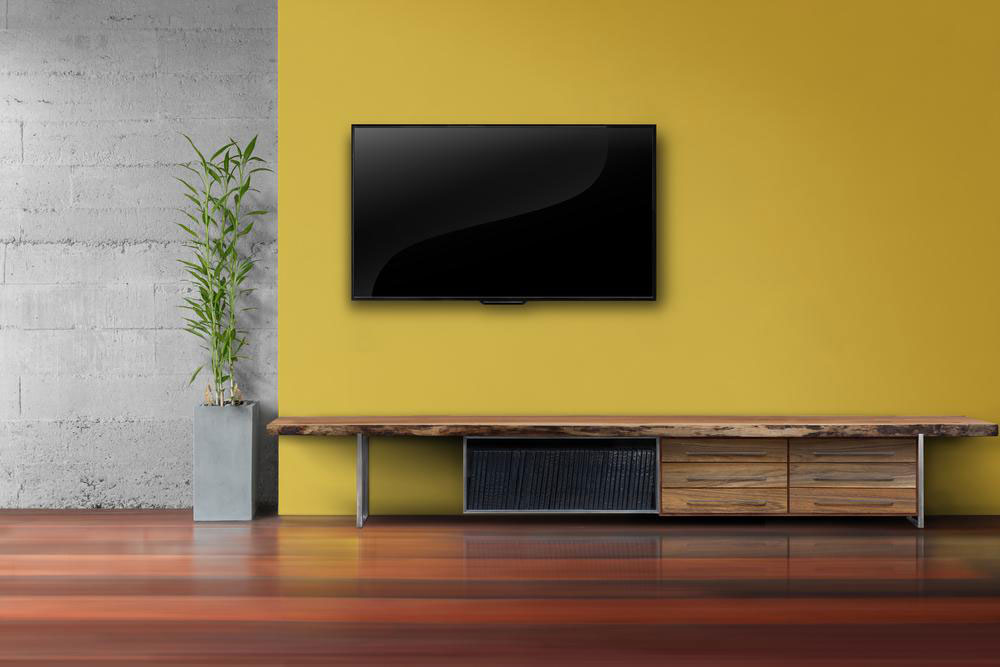Comprehensive Guide to Plasma Televisions: Benefits and Downsides
Explore the comprehensive benefits and potential drawbacks of plasma televisions. This guide highlights the exceptional brightness, high resolution, and wide viewing angles that make plasma TVs desirable, alongside considerations like brightness degradation and cost. Perfect for consumers seeking detailed insights into this popular display technology for home entertainment.

Comprehensive Guide to Plasma Televisions: Benefits and Downsides
As home entertainment technology continues to evolve, plasma televisions have maintained a strong presence in the market due to their impressive picture quality and aesthetic appeal. Whether you're upgrading your living room setup or purchasing a new display for gaming or multimedia use, understanding the advantages and potential drawbacks of plasma TVs is crucial for making an informed decision. This extensive guide explores the key features, technological benefits, and possible limitations of plasma televisions, helping you determine if this display technology aligns with your entertainment needs.
Popular sizes for plasma screens range from 42 inches to 65 inches, and larger models are also available. The 16:9 aspect ratio remains standard, providing an immersive viewing experience that’s ideal for movies, sports, and high-definition content. With numerous models on the market, from budget-friendly options to premium units, consumers can find a plasma TV that fits their aesthetic preferences and functional requirements.
Advantages of Plasma Televisions
Outstanding Brightness and Color Reproduction
Plasma TVs are renowned for their exceptional brightness levels. They utilize phosphor-based lighting within each pixel, which allows them to produce vivid and vibrant images with rich, deep colors. This makes plasma screens particularly attractive for viewing in well-lit rooms or for those who prioritize a high-quality cinematic experience. Unlike LCD models that depend on backlighting, plasma screens have pixels controlled by an electric grid within plasma cells, ensuring even brightness across the entire display. Keep an eye out for plasma TV sales and special promotions that highlight these impressive visual capabilities.
High-Resolution Display Quality
Many plasma models support at least 720p resolution, with higher-end models reaching 1080p and beyond. The consistent 16:9 aspect ratio complements high-definition content, resulting in sharper images and detailed visuals suitable for modern HD broadcasting, streaming, and gaming. The combination of high resolution and vibrant colors elevates the overall viewing experience, making plasma TVs a popular choice among cinephiles and gamers alike.
Excellent Compatibility with Computers
The capability to connect directly to personal computers is a significant advantage of plasma screens. They serve as large computer monitors that can render images and text sharply, making them ideal for professional use, gaming, or multimedia editing. This feature appeals to tech enthusiasts who prefer a single device for both entertainment and work purposes, eliminating the need for separate monitors and simplifying setups.
Progressive Scanning Technology
Unlike traditional cathode-ray tube tubes (CRTs), plasma displays illuminate all pixels simultaneously, supporting smooth motion and reducing flicker. They handle progressive video sources effectively, providing clear, crisp images during fast-paced action scenes or sports broadcasts. This technological edge results in a more natural and fluid visual experience, especially for high-motion content.
Wide Viewing Angles
One of the standout features of high-quality plasma televisions is their broad viewing angles. Unlike earlier LCD models, which often suffered from color and contrast degradation when viewed off-center, plasma screens maintain consistent picture quality from multiple viewing positions. This ensures everyone in the room experiences optimal clarity and color accuracy regardless of where they sit.
Potential Disadvantages of Plasma Televisions
Brightness Deterioration Over Time
Due to their phosphor-based technology, plasma screens are susceptible to gradual brightness loss as the phosphors age. Over extended periods of use, the display may experience a decrease in luminance, affecting picture quality. This phenomenon is an important consideration, especially given the typically higher purchase price of plasma TVs. It’s advisable to review manufacturer specifications regarding lifespan and brightness retention before making a purchase.
Risk of Image Retention and Burn-In
Although less common than with older plasma models, prolonged static images can cause burn-in or image retention on plasma screens. This occurs when static elements, like logos or interface menus, remain on the screen for extended durations, leaving a ghostly afterimage. For households that frequently display static images, it’s worth considering this factor and employing usage guidelines to minimize risks.
Higher Cost Compared to Other Technologies
Plasma TVs often carry a higher initial price point, particularly for larger screens. While they excel in certain visual aspects, budget-conscious consumers should weigh these costs against features found in LCD or LED alternatives. However, during promotional periods, discount deals and sales can significantly reduce the net expense, making plasma models more accessible.
Energy Consumption
Plasma screens tend to consume more power than LCD or LED TVs of similar size. This may lead to higher electricity bills over time, which can be a consideration for environmentally conscious buyers or those seeking energy-efficient appliances. Reviews and specifications should be thoroughly examined to compare power usage across different models.
In conclusion, understanding the strengths and limitations of plasma televisions helps consumers choose the right display technology for their home entertainment needs. With superb picture quality, vibrant colors, and wide viewing angles, plasma TVs are still a relevant option for those who prioritize visual excellence. However, considerations such as brightness longevity, burn-in risks, higher costs, and energy consumption should be factored into decision-making. Exploring current deals and conducting comprehensive reviews can guide you toward the best plasma TV model to suit your preferences and budget.





